Image of a Map Were Grizzly Bears Live Image of Baby Panda
Why do polar bears have white fur? And 9 other polar bear facts

Who doesn't love the big, burly white bears of the due north? Polar bears—at the height of the food chain and vital to the health of the Chill marine environment—are important to the cultures and economies of Chill peoples.
Polar bears' lives depend wholly on the sea, their master source of food, and the place they spend most of their lives. Just as the climate warms, that water ice is melting, threatening polar bears.
Accept a look at some interesting facts about polar bears:
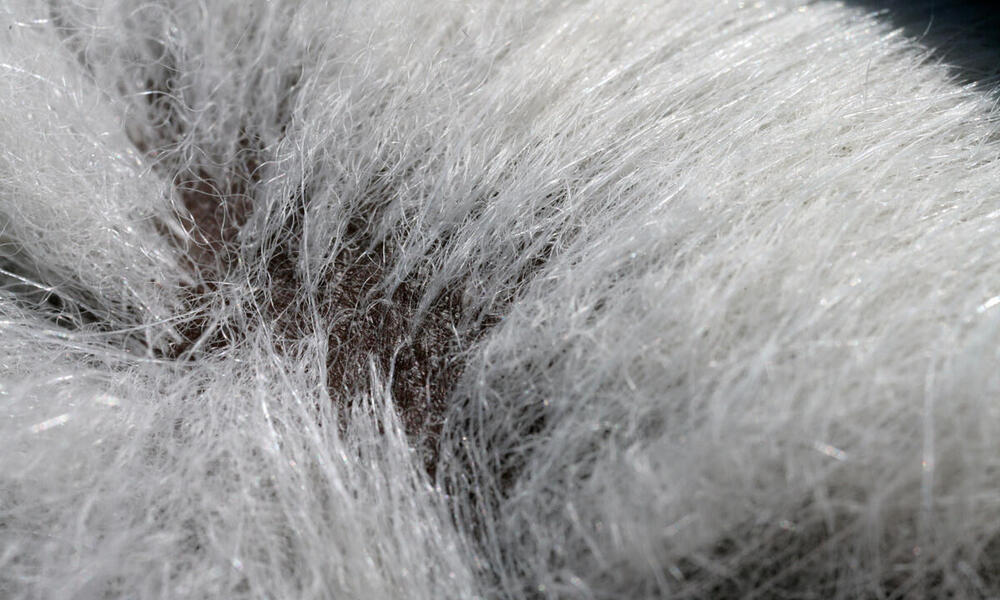
1. Why exercise polar bears accept white fur?
Polar bears have white fur then that they tin camouflage into their environs. Their coat is so well camouflaged in Arctic environments that it tin can sometimes pass as a snowfall drift. Interestingly, the polar bear's coat has no white pigment; in fact, a polar deport's skin is black and its hairs are hollow. They take a thick layer of trunk fat, which keeps them warm while swimming, and a double-layered coat that insulates them from the cold Arctic air.

ii. What practise polar bears consume?
The polar bear is the most cannibal member of the bear family unit, feeding mainly on a nutrition of ringed seals considering they demand large amounts of fat to survive. A polar deport's stomach tin hold the food equivalent of 15% to xx% of its own bodyweight, and its digestive system absorbs approximately 84% of the protein and 97% of the fat it consumes.
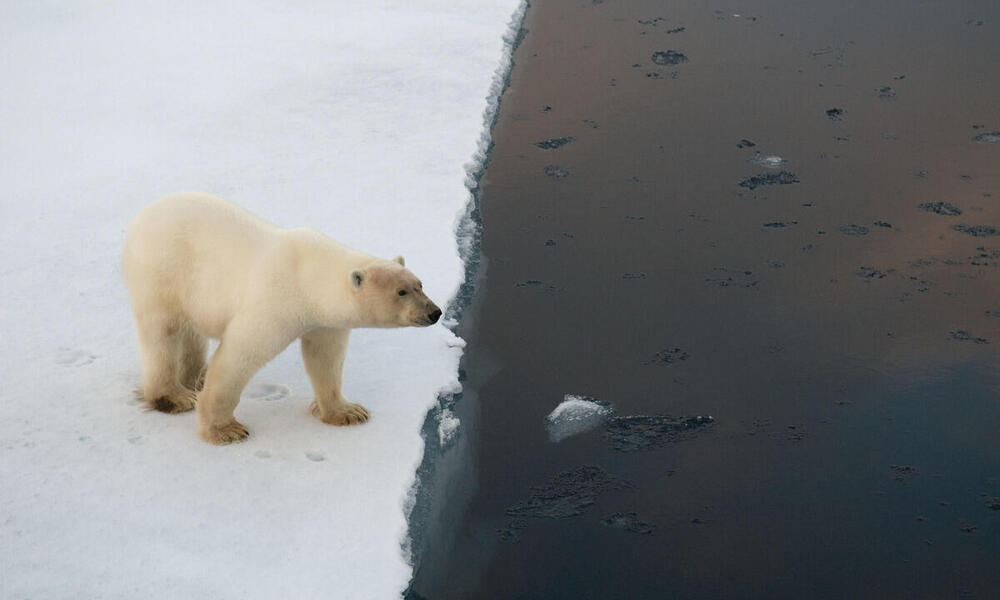
three. How successful are polar behave hunts?
A common method of hunting by polar bears involves the conduct keeping perfectly still by a seal's breathing pigsty, waiting for hours—or even days—for a seal to pop upwardly for air. Seals are slippery and well designed to escape from polar bears; a polar deport might catch only i or ii out of ten seals information technology hunts, depending on the time of yr and other variables.
Video credit: © Students on Ice / WWF
four. Are polar bears good swimmers?
Polar bears are considered talented swimmers and can sustain a pace of six miles per hour by paddling with their front paws and holding their hind legs flat like a rudder. Their paws are slightly webbed to aid them swim. Polar bears are really classified as marine mammals because they spend most of their lives on the sea water ice of the Arctic Bounding main.
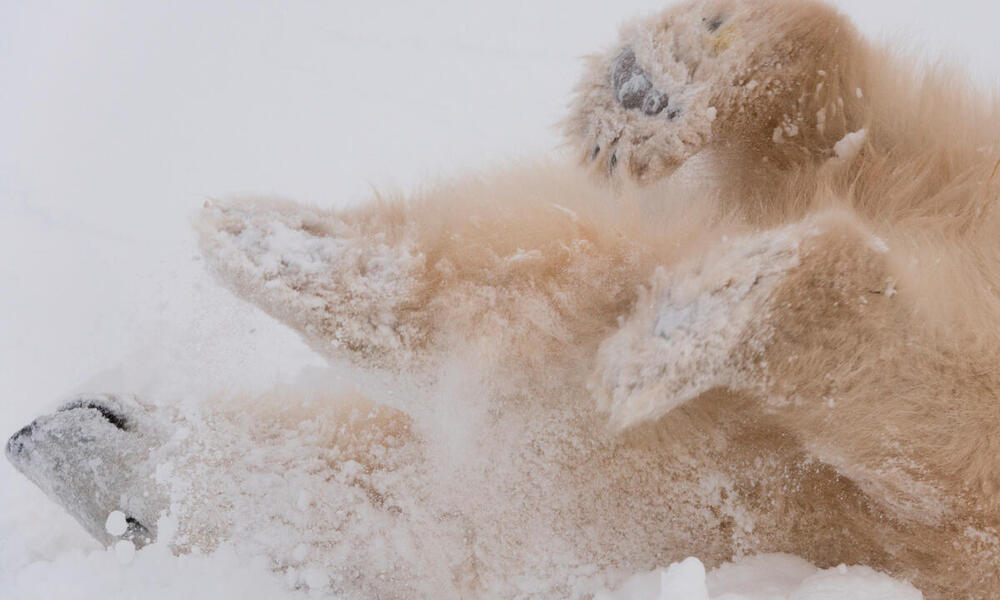
5. Why do polar bears like to keep make clean?
Polar bears like to go along clean because it helps the insulating properties of their fur. Fur that is dirty, matted, and wet does not piece of work as well every bit an insulator. After feeding, polar bears will usually launder themselves past taking a swim or rolling in the snow. They also coil in the snowfall to absurd off; despite the harsh atmospheric condition of their environs, polar bears tin can be prone to overheating.
Yous tin can make a difference. Donate monthly to help protect polar bears and nature.
Donate Nowh
Video credit: © WWF-US / Rhys Gerholdt
6. How big are polar bears when they are born?
Polar bears are only about the size of an developed guinea pig when they are born. Mothers ordinarily give birth to twins, and cubs alive with their mothers for about 28 months. Fully grown, males ordinarily mensurate nearly eight–nine feet nose to tail, and females virtually six–seven feet. Their lifespan is near twenty–25 years.

7. Where practise polar bears live?
Polar bears alive in the Arctic, on ice-covered waters. Polar bears rely on body of water ice to access the seals that are their principal source of food, as well as to rest and breed. The total polar deport population is divided into nineteen units or subpopulations. Sixty percent of the sub-populations are in Canada. There are 22,000-31,000 polar bears in the wild.
8. What are the biggest threats to polar bears?
The loss of bounding main water ice habitat is the biggest threat to the survival of polar bears. Because of ongoing and potential loss of their sea habitat resulting from climate change, polar bears were listed as a threatened species in the US nether the Endangered Species Act in May 2008. Other key threats include polar bear-human conflicts, overharvesting and industrial impacts. As climate change forces polar bears to spend longer time onshore, they come in contact more than often with Arctic coastal communities and others working in the Arctic. Offshore petroleum installations and operations in the Arctic are expected to increment in number. This would likely affect polar bears and their habitat in many ways. Contact with spilled oil would be fatal for polar bears and an oil spill would bear upon the unabridged nutrient chain.
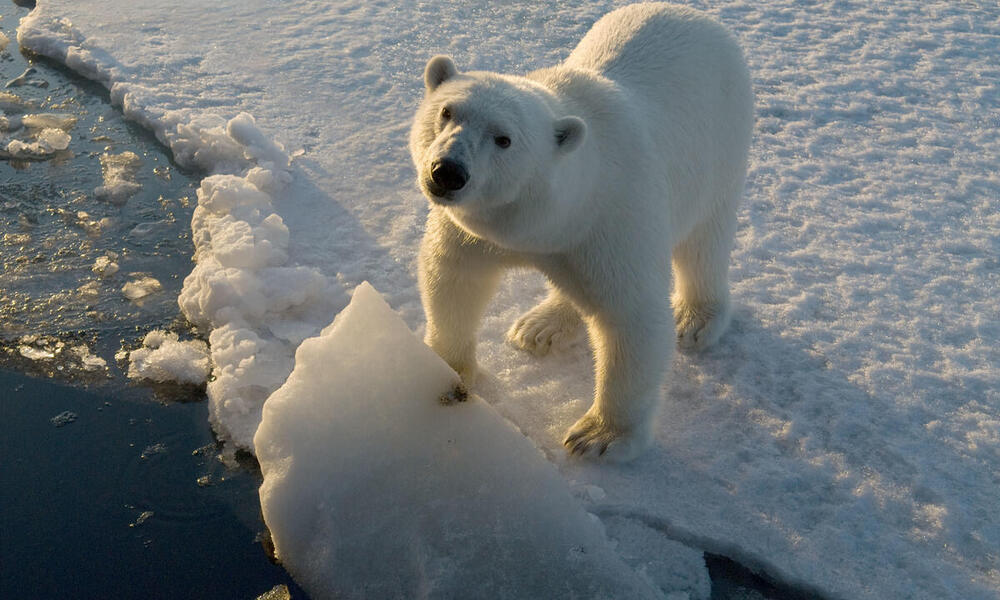
9. Why are polar bears important?
Polar bears are at the top of the nutrient chain and have an important role in the overall wellness of the marine surround. For thousands of years, polar bears have likewise been an important part of the cultures and economies of Chill peoples. Since they depend on bounding main ice for their being they are directly impacted by climate change—serving equally an important indicator species.
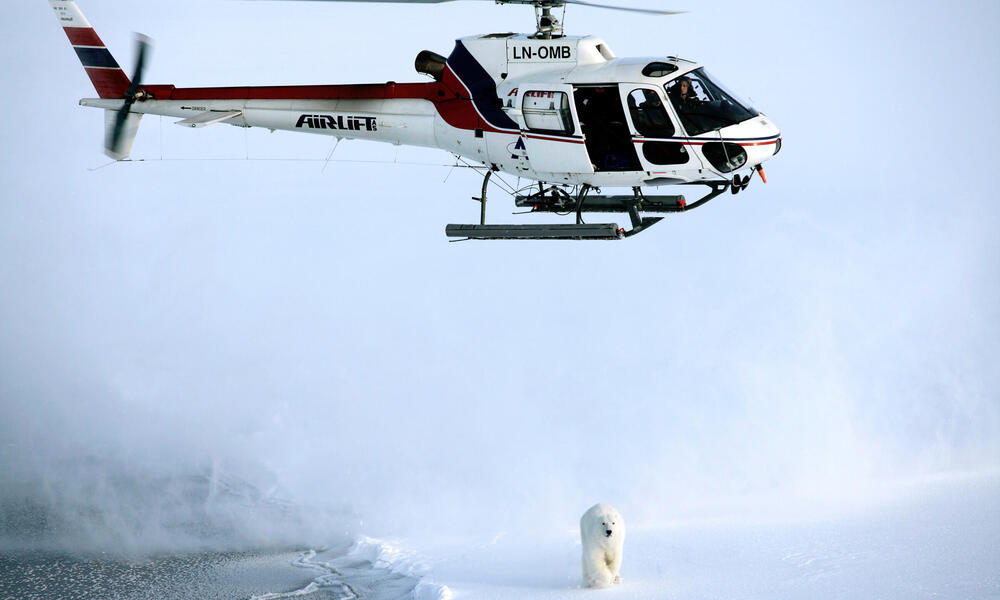
10. What is WWF doing to protect polar bears?
It's important to know as much as possible about polar bears in lodge to best protect them. One mode WWF is doing this is through collecting eDNA (also known every bit environmental DNA) from polar acquit footprints left in the snowfall. Animals naturally shed Dna through their feces, skin and hair which scientists can extract from a sample of water or soil. eDNA sampling will be quicker, cheaper and less invasive than traditional methods used to monitor populations and has great potential to exist applied to a wide range of biodiversity, including almost mammal species, as well as birds, reptiles, amphibians, insects, plants, even bacteria and viruses.
WWF is addressing climate modify, reducing disharmonize, monitoring populations, and reducing industrial impacts. WWF has successfully advocated for the creation of an international polar conduct management plan. WWF supports community projects in Alaska and Russia like local polar bear patrol teams, better lighting virtually public places, electric fencing, behave-proof nutrient storage containers and warning plans for when bears enter communities to help reduce conflict and proceed towns and bears safety.
- In This Story:
- Effects of Climate change
- Polar Bear
- Arctic
- Polar Regions
- Wildlife Conservation
- Wild animals and Climate Change
Source: https://www.worldwildlife.org/stories/why-do-polar-bears-have-white-fur-and-nine-other-polar-bear-facts
0 Response to "Image of a Map Were Grizzly Bears Live Image of Baby Panda"
إرسال تعليق